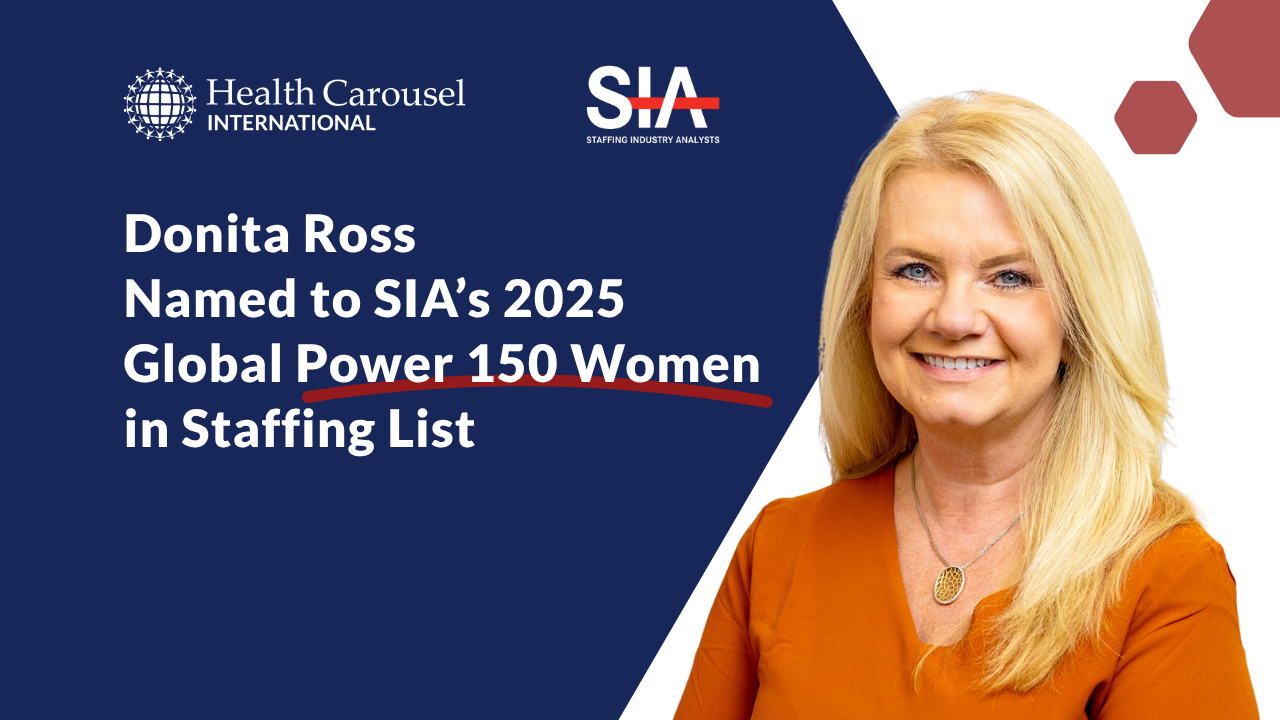Are Filipino Nurses Qualified to Work in US Hospitals?
January 22, 2018

The United States is experiencing a nursing shortage that will only become more profound as the aging Baby Boomer generation requires increasingly more nursing care. Coupled with the fact that 53% of the nursing workforce is over 50 years of age (ANA 2014), the U.S. is on the cusp of a nursing shortage of potentially catastrophic proportions. Hospitals and healthcare companies are turning to agencies to fill positions and put nurses on their floors. Another option for managing the nursing shortage is employing internationally-educated nurses. The question often arises as to whether foreign-trained nurses have comparable educational and clinical backgrounds to their peers trained in the U.S. Here we look at one group of nurses in particular those trained in the Philippines to see how they compare, clinically-speaking, with their American-trained counterparts.
Education of nurses in the Philippines
One study that obtained data by mailer surveys distributed in 2008 found that nearly 93% of nurses working in the U.S. who completed their nursing education in the Philippines carried a Bachelor's degree or higher which is over twice the percentage of U.S.-educated registered nurses with a Bachelor's degree or higher (Spetz, et al. 2014). The Institute of Medicine released strong recommendations in 2010 that 80% of nurses hold Bachelor's degrees in order to improve patient care. According to a memorandum put forth by the Republic of the Philippines Commission on Higher Education, the nurse must complete four years of general education and nursing courses and demonstrate competence in the following areas (taken directly from the memorandum) in order to graduate with his or her BSN:
- Safe and quality nursing care
- Management of resources and environment
- Health Education
- Legal responsibility
- Ethico-moral responsibility
- Personal and professional development
- Quality improvement
- Research
- Record management
- Communication and teamwork
All local and private institutions offering a Bachelor of Science in Nursing program must adhere to the policies set forth by the memorandum. The curriculum is standardized across all nursing programs by the Filipino government. At the end of the BSN program, the graduate will have completed 46 credit units, or 2,346 hours, of nursing courses, clinics, and skills labs. An Intensive Nursing Practicum takes up the final 408 hours of the program. This is in addition to the 540 hours of general education courses such as chemistry, anatomy and physiology, microbiology and parasitology, nutrition, physics, biochemistry, and informatics. A sample curriculum plan shows 23-26 credit hours per semester (compared with an average of 15-18 in the U.S.) and 9 credit hours each summer. Filipino nursing professors must hold active RN licenses in the Philippines and hold a Master's degree in nursing. The memo standardizes requirements for nursing school facilities as well, including simulation models to teach basic nursing skills such as basic life support, tracheostomy care, catheterization, suctioning, and insertion of parenteral and intravenous catheters. Filipino nursing students' clinical experiences must take place in accredited tertiary care hospitals. Additionally, each nursing student must complete a research project in order to graduate. Once all requirements have been met and the student graduates from the BSN program, the candidate must sit for the Philippine Nurses Licensure exam. Between 2004 and 2008, the pass rate was 45.91%. Any nursing school whose graduating classes pass at a rate of below 30% for 3 years loses its accreditation in a gradual phase-out program.
What does the U.S. require of Filipino nurses (or any foreign nurses) to practice in America?
In order to immigrate to the United States on a work visa, an internationally-educated nurse must obtain a VisaScreen certificate. This is a screening program that ensures the applicant's education compares to U.S.-educated nurses, verifies that his or her healthcare licenses are valid and unencumbered, and tests their proficiency with the English language. Additionally, they must pass the NCLEX-RN or CGFNS (Commission on Graduates of Foreign Nursing Schools) Qualifying Exam in order to obtain this certificate. These steps ensure that an internationally-educated nurse can practice at least at the level of a nurse educated in the U.S. Due to the Philippines being a former U.S. territory, Filipino nurses have a long and rich history of caring for patients in American hospitals. Their nursing education is strictly standardized and their access to American nursing jobs is carefully scrutinized to ensure only the most clinically competent nurses are allowed to contribute. In some states, Filipino nurses already account for nearly a quarter of all nurses in the workforce. For other states, this previously untapped resource of well-trained and competent nurses from the Philippines may be just what the doctor ordered to help manage a critical nursing shortage.
INTERNATIONAL NURSES: The opportunity to live and work in the United States has never been this ripe. Click the button below to register with PassportUSA and get started on your #AmericanDream!

U.S. HEALTHCARE ORGANIZATIONS: If you are looking for a cost-effective, temp-to-perm nurse staffing solution, please connect with our Business Development Team.

References: Policies and Standards for Bachelor of Science in Nursing (BSN) Program (2009). Retrieved from: http://www.ched.gov.ph/wp-content/uploads/2013/07/CMO-No.14-s2009.pdfSpetz, et al. (2014). Internationally educated nurses in the United States; Their origins and roles. Nursing Outlook. Volume 62, Issue 1, 8-15
Related Articles

Industry News
Donita Ross Named to SIA’s 2025 Global Power 150 Women in Staffing List
October 23, 2025
Read More

Industry News
Health Carousel’s Executive Earl Dalton inducted as Fellow of the American Academy of Nursing
August 28, 2025
Read More

Industry News
Advancing Ethical Migration and Nurse Success: IEN Policy Summit on July 15
June 16, 2025
Read More
Start Your US Nursing Career
Turn your dreams into reality by taking the first step today. Apply to the PassportUSA program to connect with a recruiter.
.webp)
.webp)